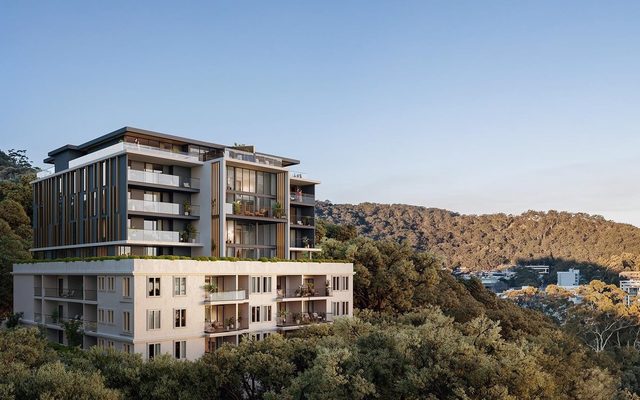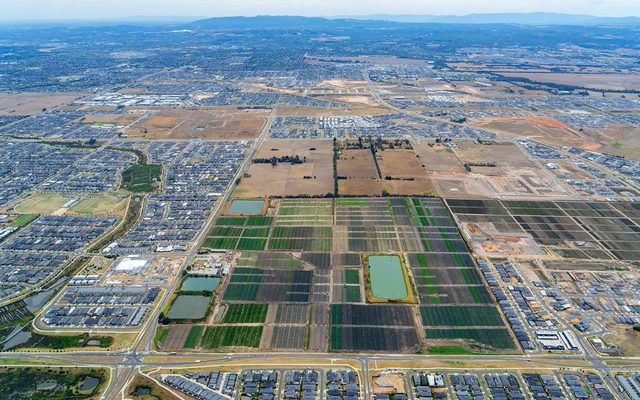This article is from the Australian Property Journal archive
OFFICIAL data has furthered the case for the housing market’s recovery, as price falls slowed throughout the June quarter.
Market sentiment has improved since the federal election, fuelled further by two interest cuts and the Australian Prudential Regulation Authority lowering mortgage serviceability requirements, but there is little evidence to suggest price growth will return to the pace seen in the most recent boom.
All capitals except Hobart and Darwin witnessed modest falls over the three-month period, and Hobart is the only capital to have seen annual growth, at 2.0%.
Sydney and Melbourne prices fell 0.5% and 0.8% respectively through the quarter, for year-on-year falls of 9.6% and 9.3%,
Data from CoreLogic showed that national values increased by 0.8% over August, led by the major markets of Sydney and Melbourne with respective growth of 1.6% and 1.4%.
ABS chief economist, Bruce Hockman said the falls in Melbourne were driven by detached dwellings, while attached dwellings drove the fall in Sydney.
“A number of housing market indicators, such as auction volumes and clearance rates, have begun to show signs of improvement, though they remain below the levels seen one year earlier,” he said.
Newly released minutes from the Reserve Bank’s most recent meeting on 3 September reveal the bank sees potential for further price growth.
“Data on residential building approvals and information from the Bank’s liaison program suggested that there was likely to be further weakness in dwelling investment in the near term; members recognised that this could sow the seeds of an upswing in the housing price cycle at some point, particularly given the lengthy stages in the construction of higher-density residential housing,” the minutes say.
A recent report commissioned by QBE and authored by BIS Oxford Economics said easing lending restrictions, federal and state tax concessions and lower interest rates are expected to encourage borrowers back into the market, and also noted that a lag in apartment supply responding to market demand could provide further volatility.
House prices across all capital cities are expected to stabilise over the coming year, before strong population growth and a sharp downturn in new dwelling completions translate into price growth.
The Urban Development Institute of Australia said the latest official house price data, shows any potential recovery in housing markets is yet to gather real momentum.
“At best, they paint the picture of a stabilising market in our major capital cities and suggest the worst of the decline is behind us,” UDIA national executive director, Connie Kirk.
“What we do know is that any hint of a recovery in pricing will take time to gain traction and there is no evidence at all yet of a lift off in pricing for new housing products.
“Until any increase in prices for established housing is replicated in the new home market there is unlikely to be a pick up in construction activity needed to boost the economy,” she said.




